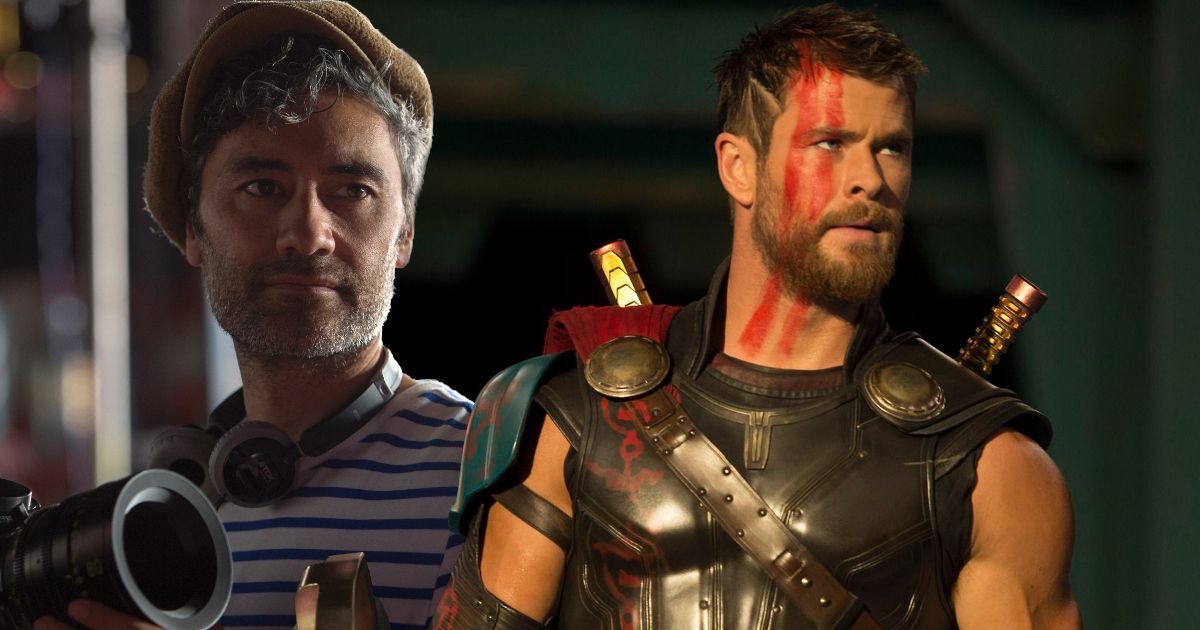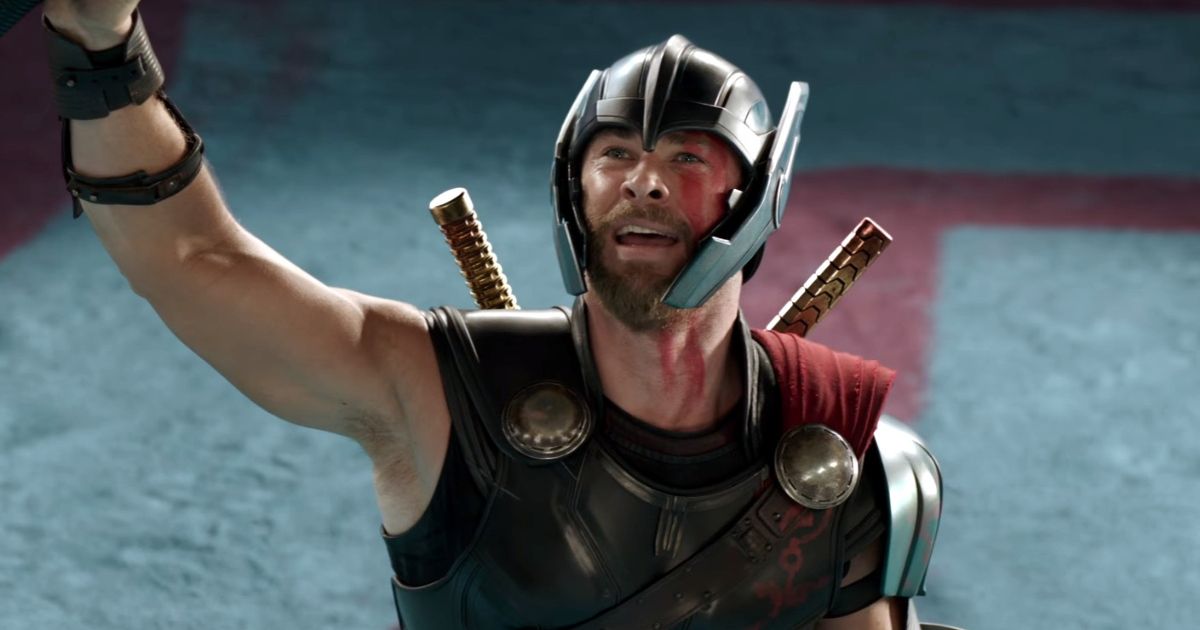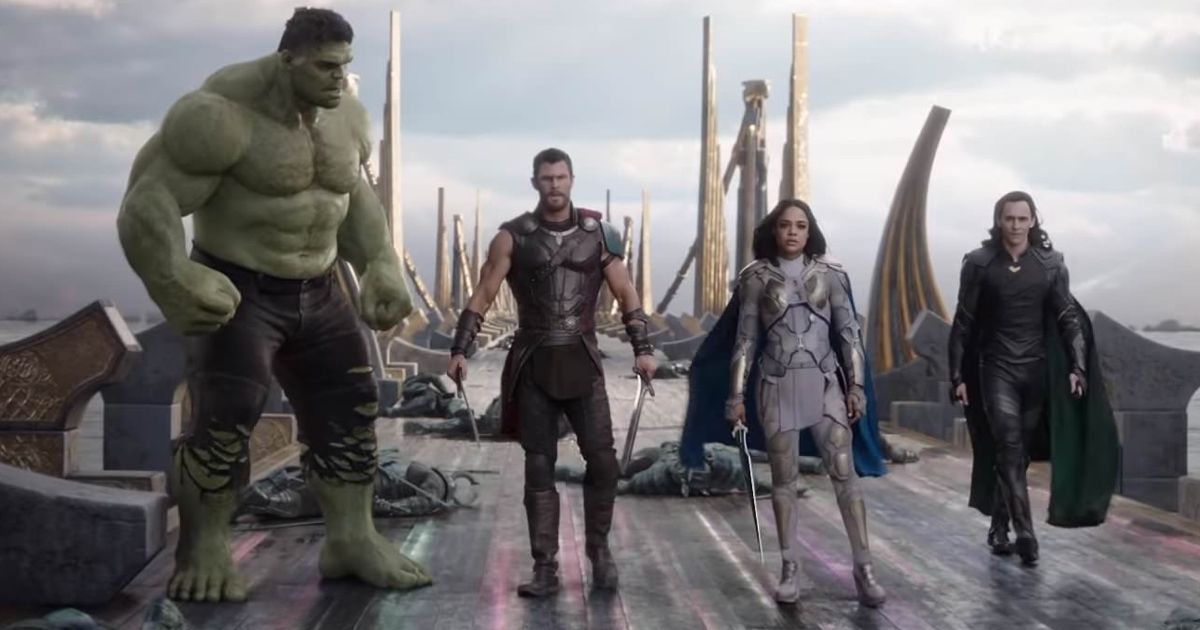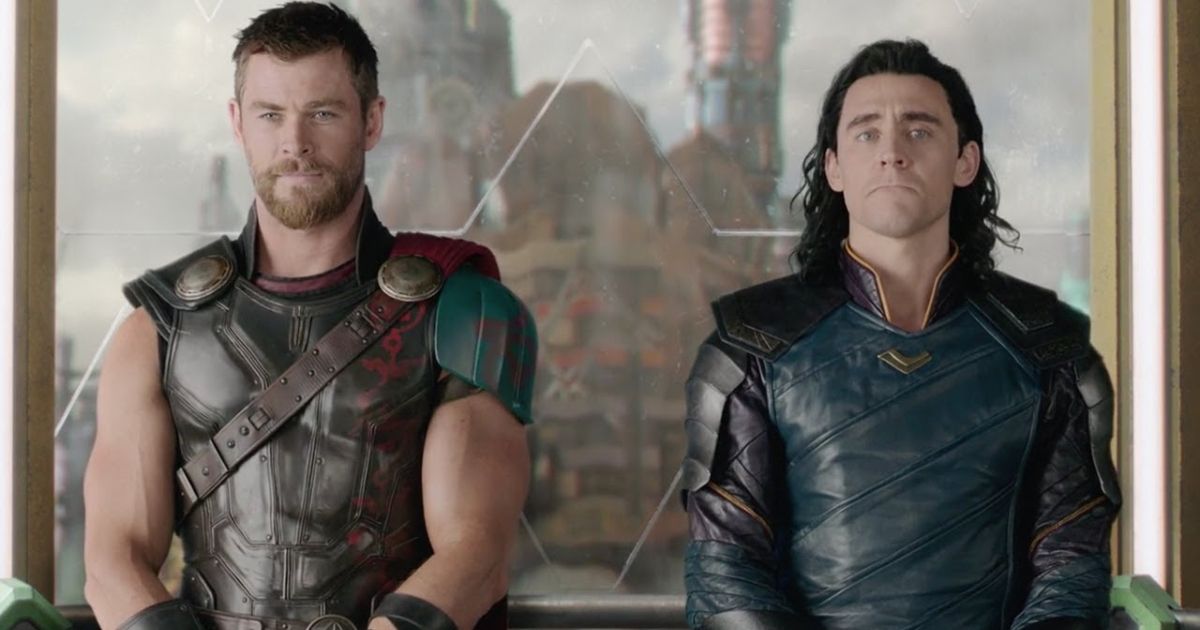New Zealand breakout star Taika Waititi has generated a greatly adored reputation for himself both on and off the screen. His independent films have supported his rapid popularity in the modern cinema scope and earned him rightfully-awarded praise as a filmmaker. From What We Do in the Shadows to Jojo Rabbit, Waititi’s work has encompassed both humor and heart through insightful storytelling. Known for his eccentric personality and style, Waititi has often written himself into his own work and has developed a personal signature across his filmography. The future of filmmaking remains to glisten with possibilities for the Māori artist as he continues to scale the proverbial ladder of Hollywood success.
Constructed of folklore and myths, Norse mythology told grandiose stories of Asgard, the twelve realms, and the gods who claimed them. Most famously, God of Thunder Thor Odinson and God of Mischief Loki Laufeyson were primary icons to those who believed in the Norse pantheon. Marvel Comics stirred up new interest in Norse mythology after Thor and Loki were featured on the pages of graphic novels. Thor (2011) finally permitted Marvel’s adaptation of the Scandinavian tales to go beyond the pages of the books. Asgard, in all of its glory, was finally established within the Marvel Cinematic Universe. Norse lore became an active ingredient in the Thor trilogy and affected the MCU as it continued to grow. Waititi’s first major blockbuster project landed him at Marvel Studios as he directed Thor: Ragnarok; a threequel that was said to have saved the Thor franchise. As Thor: Love and Thunder nears (potentially sending off Chris Hemsworth), Waititi has been welcomed back as writer-director. Before Mjolnir is passed on to the Mighty Thor Jane Foster, here’s how Waititi directly impacted the success of Thor in the MCU.
Taika Waititi Used Comedy as a Tool
Screenwriting teams working for Marvel Studios have, per Polygon, been appropriately criticized for the predictable sense of humor that has been associated with the MCU. A valid concern that contributes to the quality of Marvel movies and how mass consumption of film is affected, Waititi has used his unique sense of humor in constructing Thor: Ragnarok, reminding audiences that comic book movies can be entertaining with a purpose. Punchy, dry, and sardonic, Waititi’s smart wit introduces new forms of humor that are refreshing to the studio’s unrelenting swell of work. While it was Eric Pearson, Craig Kyle, and Christopher L. Yost who penned the script, Waititi was an additional component to ensuring that the punchlines written into the dialogue were kept from falling short. His direction assisted in bringing to life a lighter side of Thor as it is argued that the first pair of films lacked comedic depth.
What Thor and Thor: The Dark World achieved were important when setting up important events that were imperative for Thor: Ragnarok, though both prequel films were taken more seriously from a tonal perspective. It was a comedic beat that was absent from the previous entries in the Thor franchise that was self-evidently needed to propose a new interest in the franchise. Thor: Ragnarok received positive feedback because of how aligned it was with Waititi's comedic timing and distinct approach to how humor transpires on screen. It inspired a new interest in the Thor series moving forward with hopes that Waititi's signature would be scrawled across it. He demonstrated intrinsic and natural ability to gauge what the MCU was in need of by blending his creativity with the ongoing franchise. By adding a niche pop of humor into Thor: Ragnarok, he assisted in changing how the Thor films were perceived.
A Strong Supporting Cast Stood Out in Taika Waititi’s Marvel Debut
A powerful ensemble is essential for Marvel Studios to claim some form of success in each film or television series that they produce. Waititi understood that, in order to ensure that his vision for Thor: Ragnarok would earn the respect of today, the Thor franchise had to respect the importance of supporting characters — not just Thor and Loki. Past films featuring the God of Thunder as its central protagonist have included secondary characters where they are most needed, though most of the exposition has been dedicated to the heirs of the Asgardian throne. Waititi dedicated more time to be spent with secondary characters that had to be treated as more than just that. Because of the director's time spent with Valkyrie and Bruce Banner as key players alongside Thor, Loki, and even Jeff Goldblum's oddball newcomer, Grandmaster, they are all granted a certain sense of importance. They had stories to be shared and roles to be fulfilled, a concept in Thor films that existed, but wasn't fully explored. This has contributed to elevating the noteworthiness of the inclusion of other supporting casts in past and future Thor installations.
In reflection of past Thor titles, Marvel fans are granted a greater appreciation of the Warriors Three, Lady Sif, and Jane Foster after Waititi insisted that they, too, are just as necessary to Thor's worlds. Thor: Love and Thunder promises a hulking cast list that will find a connection between the Thor series' past, present, and future. Without Waititi's successful merge between the current state of the MCU and past phases, the anticipation around watching the film saga advance forward would not be met with high levels of excitement. Waititi reminds Marvel Studios that the titular character does not always have to be the most meaningful one. His inclusive approach insists that others are seen and heard, too, especially in a time of transition.
The Relationship Between Thor and Loki Was Nurtured by Taika Waititi
The Thor series has set Thor and Loki at the epicenter of its narrative, though their relationship has been turbulent since its beginnings. Waititi mended the strain that was put on the pair of brothers throughout the extent of the MCU so far, and his decision to introduce these amends allowed for character growth in each. The Laufeyson-Odinson brothers learning to settle their differences was a necessary step forward for the Thor franchise. While Thor: The Dark World spoke to how their upbringings shaped them, Waititi allowed the sting to set in before working towards a resolution. If Waititi chose to overlook a key aspect of Thor: Love and Thunder, redemption for the godly relationship between the two would stray further away from securing a much-needed reconciliation. Thor: Ragnarok partook in addressing the ache between Thor and Loki that had been gradually built up across each phase of the MCU. However, Waititi knew that prolonging the estranged pair had overstayed its welcome as a conflict between the two and that the Thor franchise could not profit from such a time-worn trope any longer. It was able to provide grounds for growth, which Waititi took advantage of.
Waititi finding room for Thor and Loki's reparation makes their past quarreling and mismatched worldview even more impactful. It adds a greater understanding of how their relationship is foundational to the Thor series and that it must grow as the MCU matures. His work was instrumental in adding more significance to both Thor and Loki's development. The moments dedicated to both looking back on their youth and admitting how they truly viewed one another nourish a sentimental outlook not explored previously. Thor: Ragnarok and Waititi's perspective on how the Laufeyson-Odinson brothers were to move forward added a strong sense of evergreen value to the Thor collection that previously was not as impactful. The clarity and understanding between them found in later the third Thor reiterates the weight bore by Thor and Loki's brotherhood, especially how moving forward honors their past.




